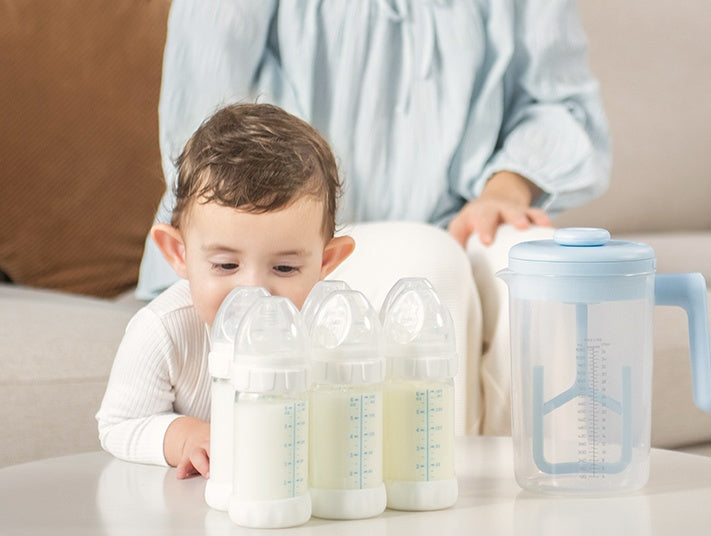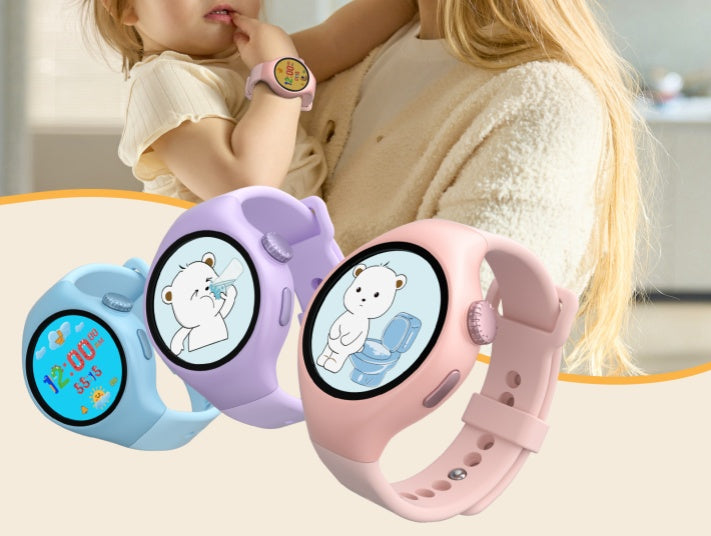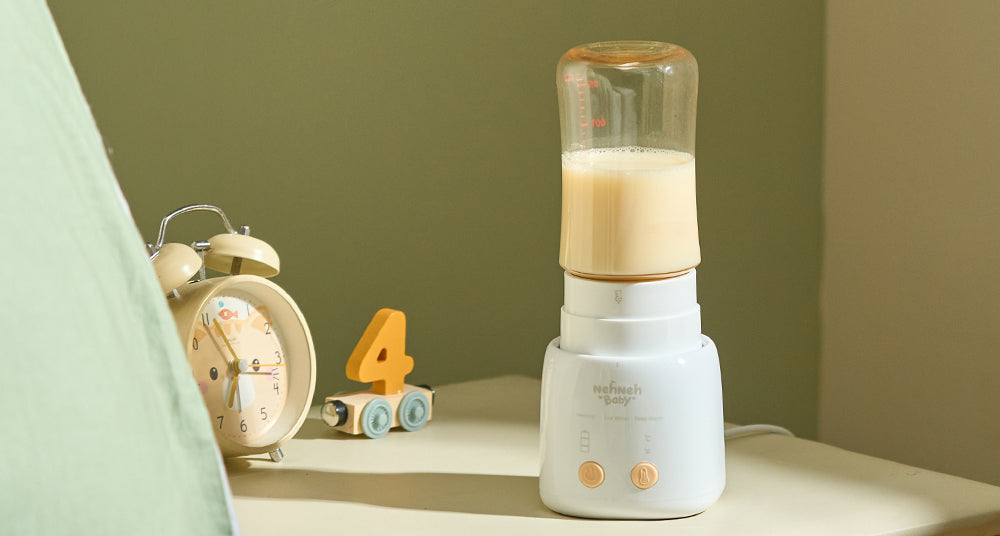

Tips for Transitioning from Breastfeeding to Formula Feeding
Hello NehNehBaby Community!
Transitioning from breastfeeding to formula feeding can be an emotional and challenging experience for many mothers. Whether you're making the switch due to returning to work, personal choice, or other circumstances, it's important to approach this transition with care and confidence. In this week's blog, we’ll share practical tips to help make the shift smoother for both you and your baby.
1. Understand Your Reasons and Set Your Goals
Personal Considerations:
Every family is different, and there are many reasons why you might choose to transition from breastfeeding to formula feeding. Whether it’s due to lifestyle, health reasons, or personal preference, it’s important to understand your reasons and set clear goals for the transition. This will help you stay confident in your decision.
Consult with Your Pediatrician:
Before making the switch, consult with your pediatrician. They can provide guidance on the best formula to choose and how to transition gradually to ensure your baby’s nutritional needs are met.
2. Transition Gradually
Start Slowly:
Rather than stopping breastfeeding abruptly, start by replacing one breastfeeding session with a bottle of formula each day. This gradual approach helps your baby adjust to the new feeding method and allows your body to reduce milk production slowly, minimizing discomfort.
Morning or Evening First:
Many mothers find it easier to start with replacing the morning or evening feeding, as these times can be more convenient and less stressful. Once your baby is comfortable with this change, you can gradually replace other feedings.
3. Choose the Right Formula
Formula Selection:
There are many different types of formula available, including cow’s milk-based, soy-based, and hypoallergenic options. Choose a formula that best suits your baby’s needs, and consult with your pediatrician if you’re unsure which one to choose.
Check for Allergies:
When introducing formula for the first time, keep an eye out for any signs of allergies or sensitivities, such as rash, diarrhea, or excessive fussiness. If you notice any of these symptoms, consult your pediatrician immediately.
4. Make Bottle Feeding a Positive Experience
Create a Comforting Environment:
Make bottle feeding a comforting experience by holding your baby close, maintaining eye contact, and speaking softly. This can help create a bond similar to breastfeeding and reassure your baby during the transition.
Use Breast Milk in Bottles:
If you’re finding the transition difficult, try offering breast milk in a bottle before introducing formula. This can help your baby get used to the bottle itself, making the switch to formula easier.
5. Manage Your Emotions
Acknowledge Your Feelings:
Transitioning from breastfeeding can be an emotional experience for many mothers. It’s normal to feel a sense of loss or guilt. Acknowledge these feelings and remember that you’re making the best decision for you and your baby.
Seek Support:
Don’t hesitate to seek support from your partner, family, or friends during this transition. Joining a support group or talking to other mothers who have gone through the same experience can also be incredibly helpful.
6. Monitor Your Baby’s Reaction
Watch for Hunger Cues:
As you transition, pay close attention to your baby’s hunger cues. They may need more or less formula than you expect as they adjust to the new feeding method. Be flexible and responsive to their needs.
Stay Hydrated:
Ensure your baby stays hydrated during the transition, especially if they’re taking in less milk than usual. If you’re concerned about their fluid intake, consult your pediatrician.
7. Prepare for Changes in Feeding Schedules
Adjust to New Routines:
Formula feeding can take longer than breastfeeding, especially if you need to prepare bottles during the night. Be prepared for some changes in your routine and consider prepping bottles in advance to make nighttime feedings easier.
Nighttime Adjustments:
Some babies may wake up more frequently during the night as they adjust to formula feeding. Be patient and try to maintain a calm environment during nighttime feedings.
Conclusion
Transitioning from breastfeeding to formula feeding is a personal decision and one that should be made with care and consideration. By transitioning gradually, choosing the right formula, and creating a positive feeding experience, you can help ensure that the change is smooth for both you and your baby. Remember, every family’s journey is unique, and what matters most is that your baby is happy, healthy, and well-nourished.
We hope these tips help you navigate this transition with confidence. Thank you for being part of the NehNehBaby community!
Warm regards,
The NehNehBaby Team





